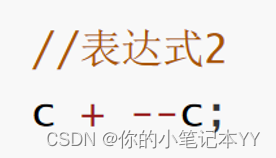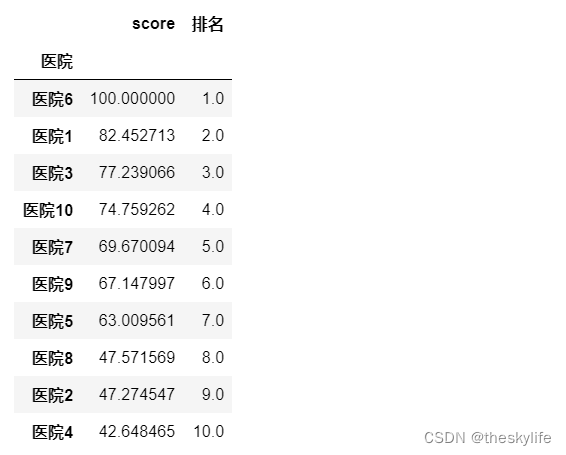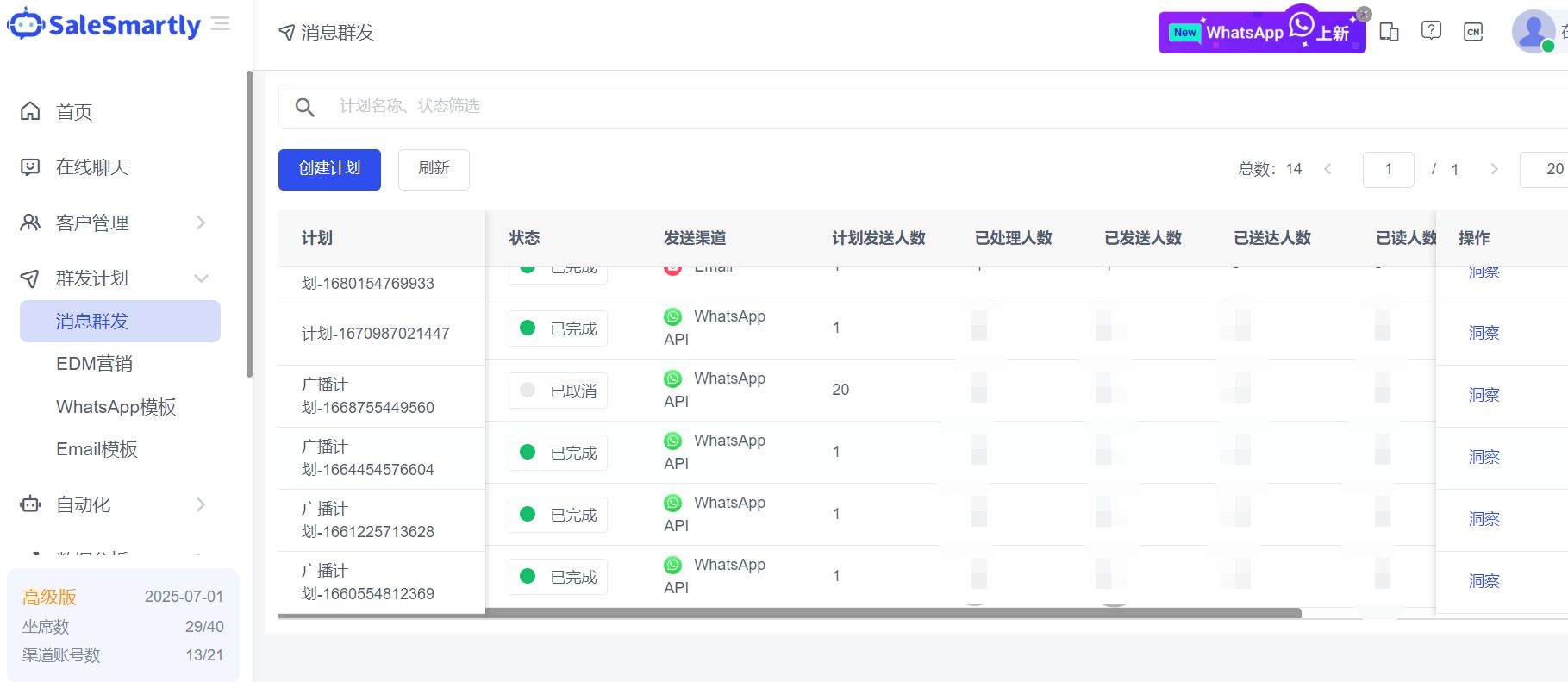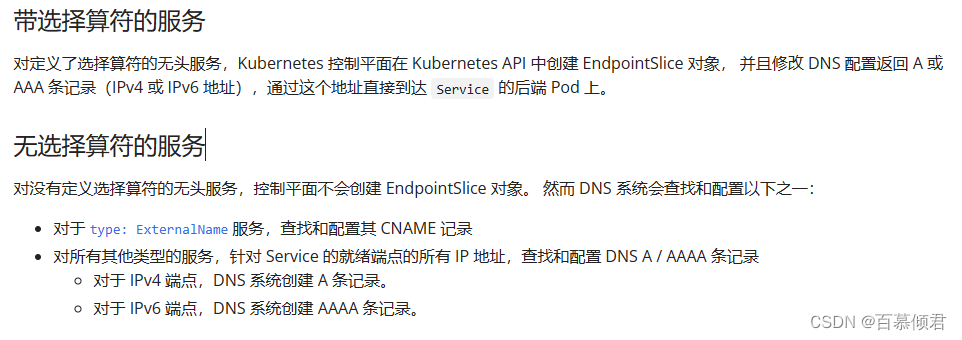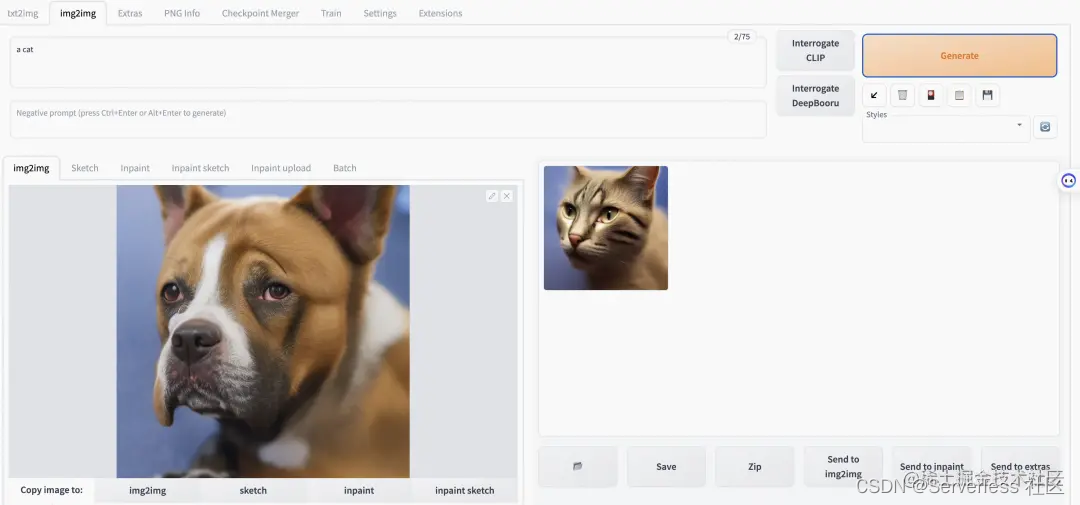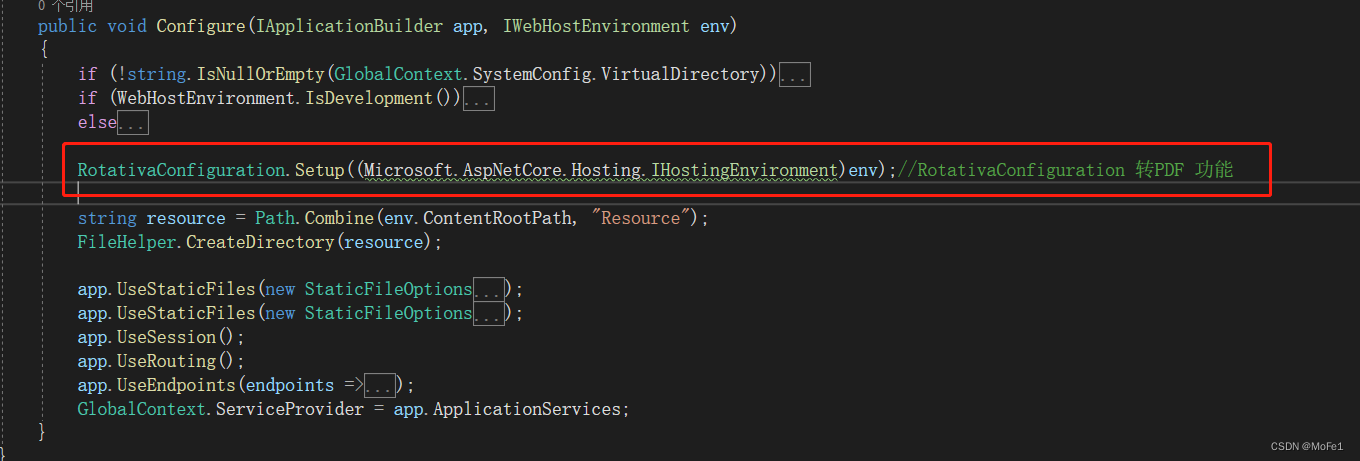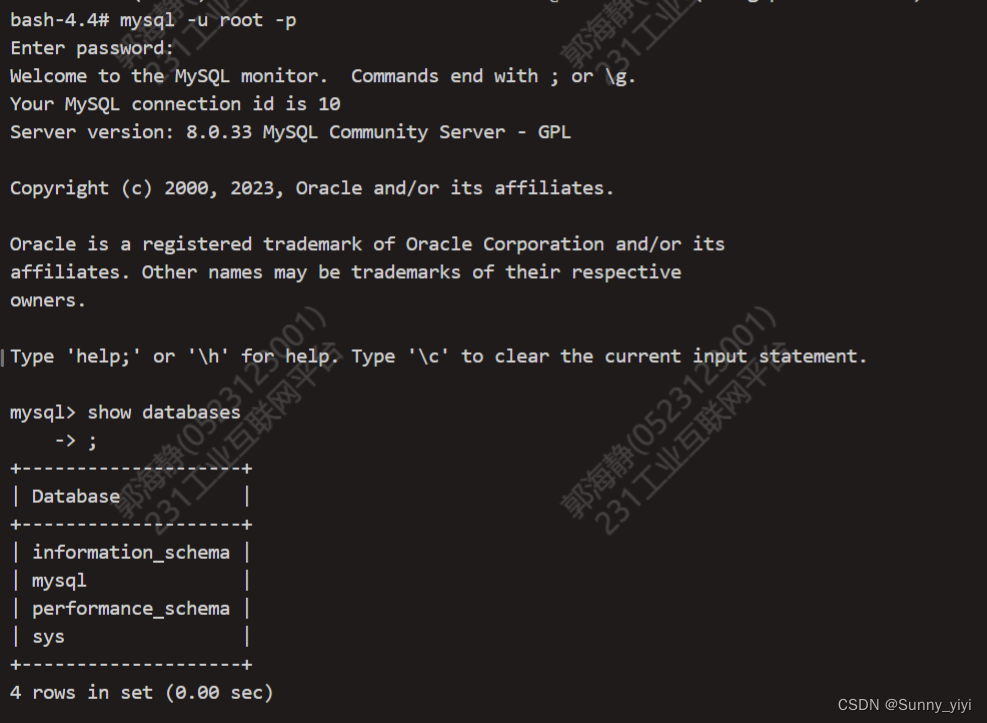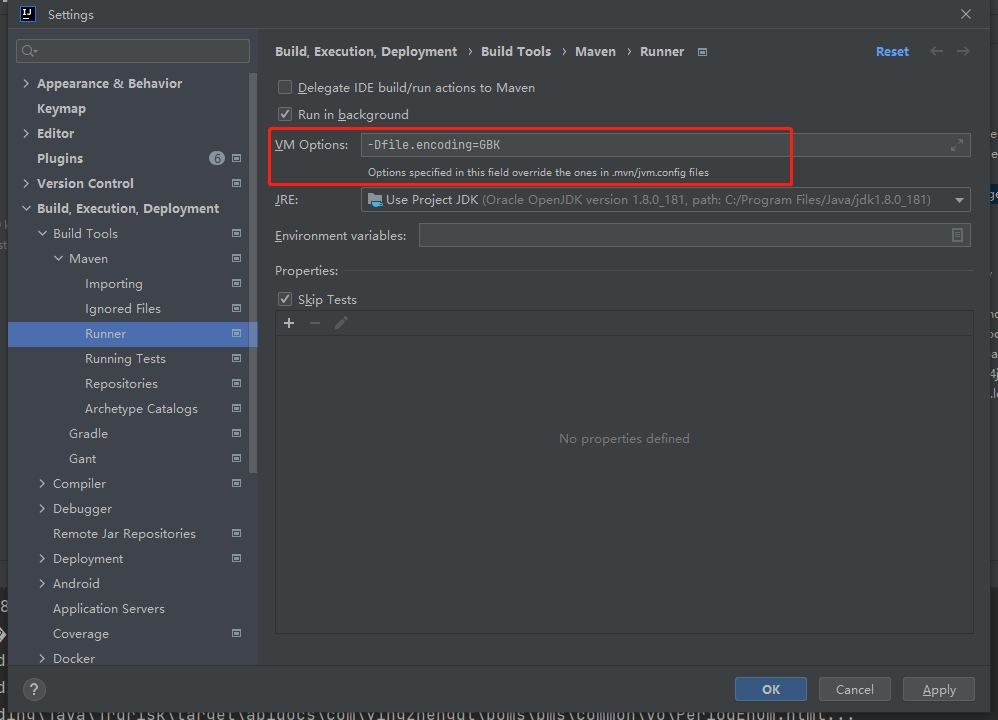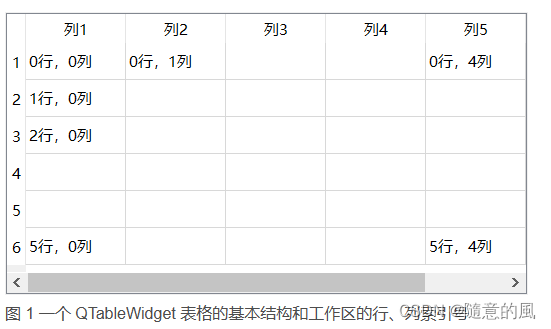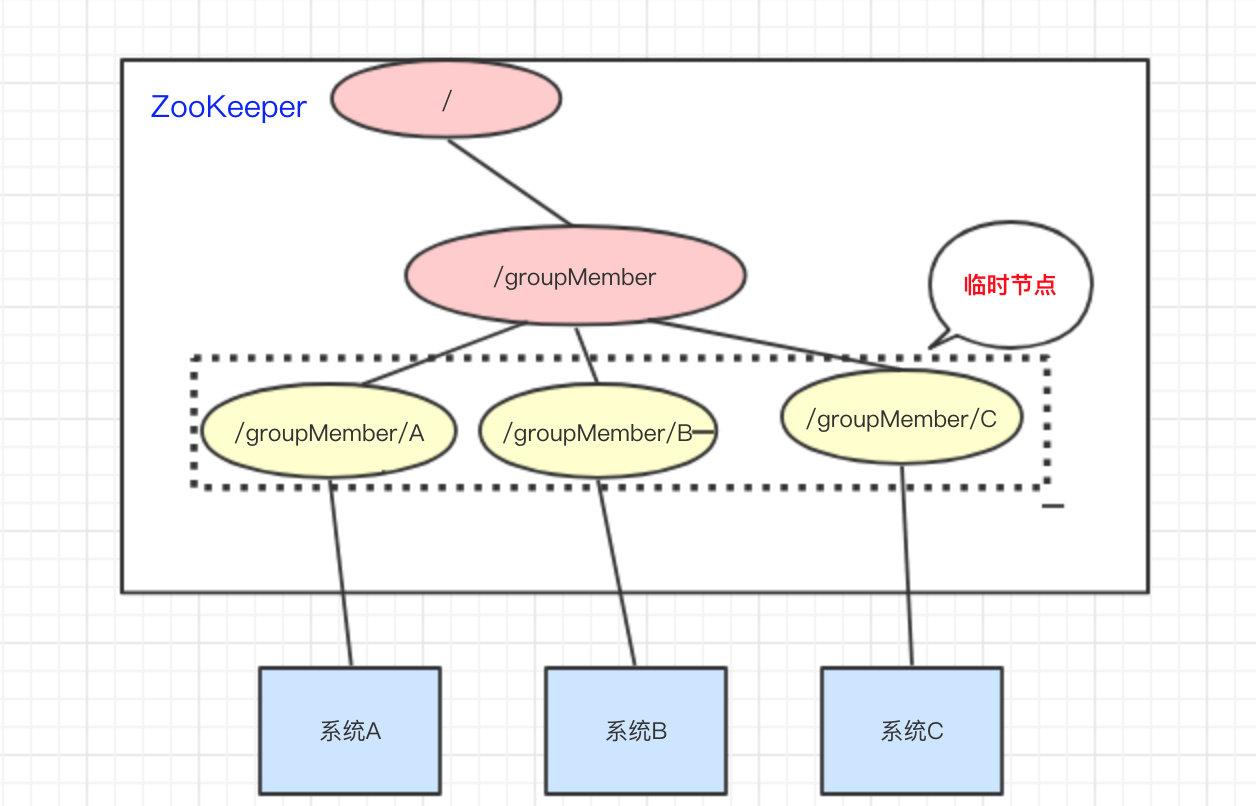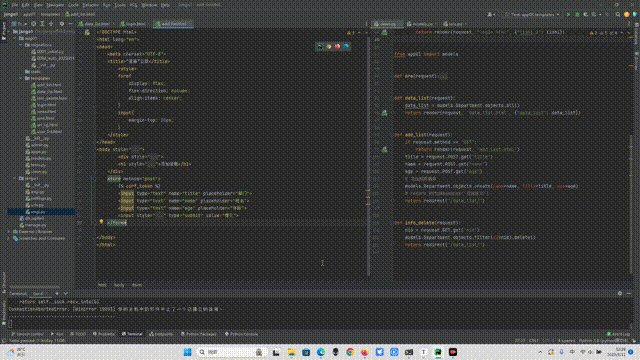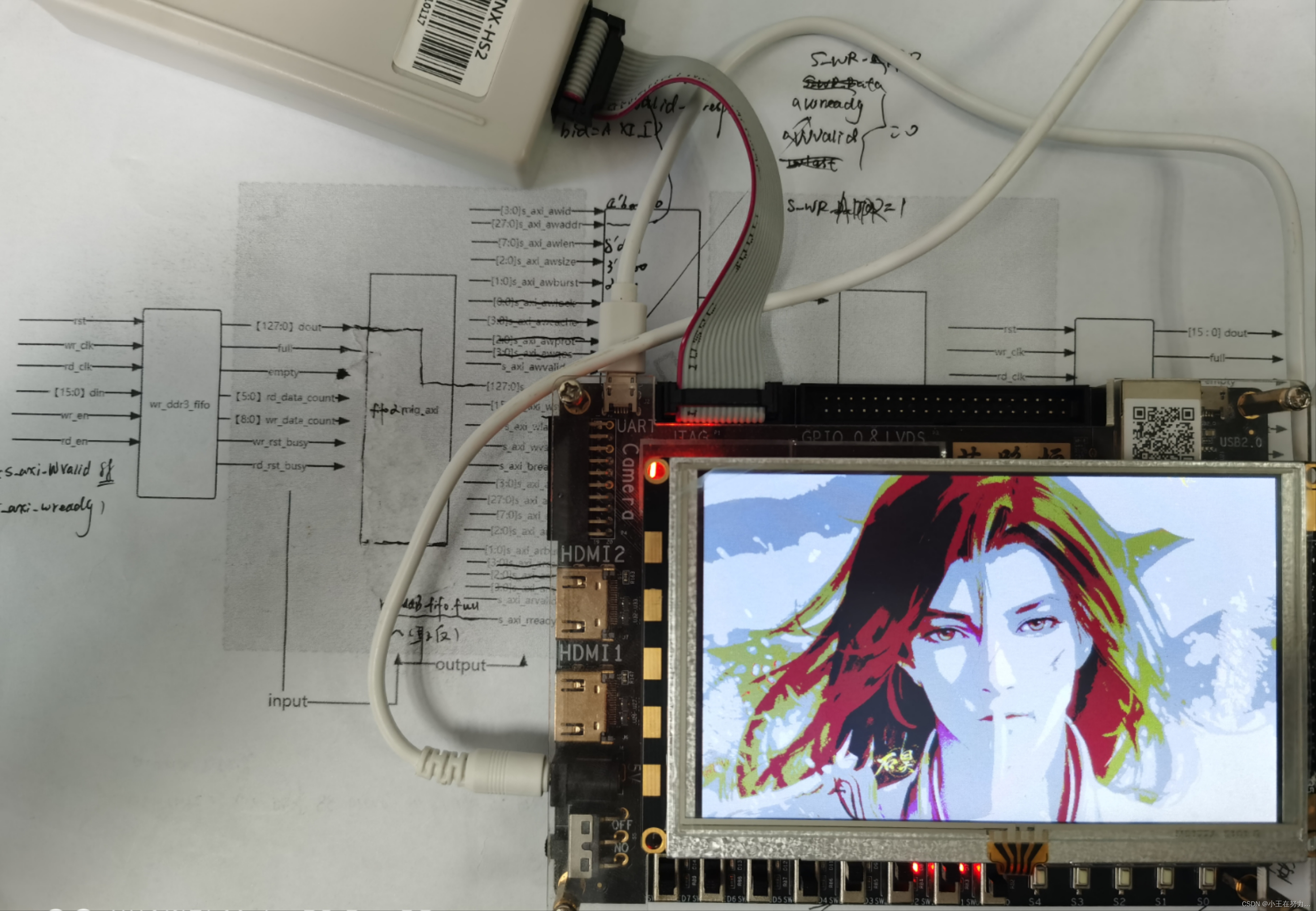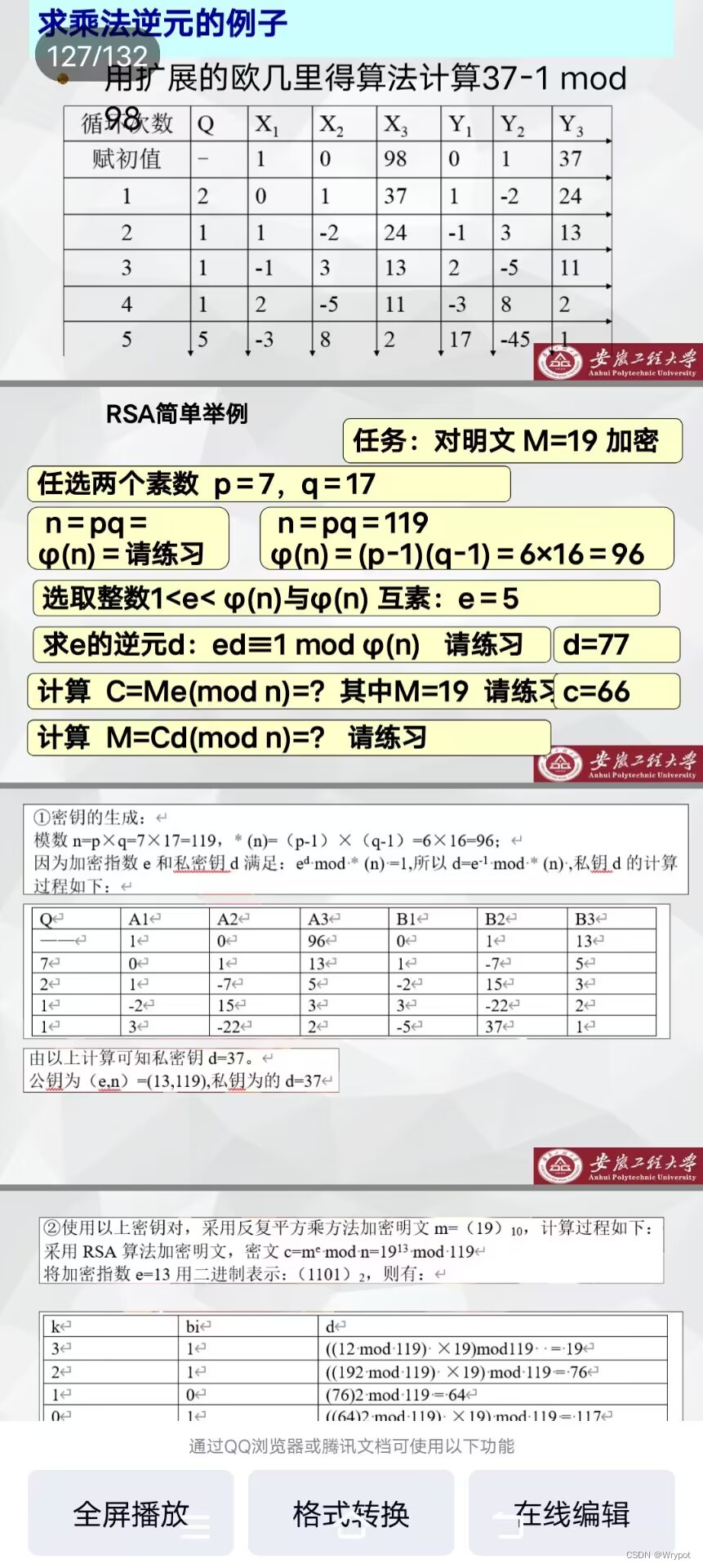前端盒子水平垂直居中的几种方式
实现效果图如下:

首先是父元素的基本样式:
.container {
width: 600px;
height: 600px;
border: 1px solid red;
background-color: antiquewhite;
margin: 0 auto;
/* 父盒子开启相对定位 */
position: relative;
}
1,定位走自身一半
这种方式需要知道子元素的实际高度和宽度,最后要水平方向和垂直方向利用margin属性的负值走自身一半;
/* 子元素 */
.item {
width: 100px;
height: 100px;
background-color: yellowgreen;
/* 子元素开启绝对定位 */
position: absolute;
top: 50%; /* 子元素的上边界走父盒子高度的50% */
left: 50%;/* 子元素的左边界走父盒子宽度的50% */
margin-top: -50px;/*向上走回自身高度的一半*/
margin-left: -50px; /*向左走回自身宽度的一半*/
}
2,定位使用margin:auto;
也是使用绝对定位,但上下左右的定位值都要设置为0;不需要知道子元素的宽度和高度;
正常情况下不使用定位,margin:auto等同于margin:0 auto;也就是水平居中,无法达到垂直居中,既使垂直方向有剩余空间;
使用了绝对定位之后, margin: auto 就可以实现垂直方向的居中;我猜想是因为绝对定位触发了BFC盒子规则,导致父元素和子元素之间相互隔离;(仅个人观点)
/* 子元素 */
.item {
width: 100px;
height: 100px;
background-color: yellowgreen;
/* 子元素开启绝对定位 */
position: absolute;
top: 0;
left: 0;
right: 0;
bottom: 0;
margin: auto;/*相当于宽度和高度自动计算为居中*/
}
3,使用flex弹性布局
flex布局是很常用的方法;不需要知道子元素的宽度和高度, 主轴和交叉轴都设置为居中即可;
/* 父元素 */
.container {
width: 600px;
height: 600px;
border: 1px solid red;
background-color: antiquewhite;
display: flex;
/* 主轴居中 */
justify-content: center;
/* 交叉轴居中 */
align-items: center;
}
4,transform(变换)实现居中
也是使用子绝父相,利用css3新增transform的translate属性来进行垂直居中;
translate可以同时传两个属性,第一个是水平方向移动距离,第二个是垂直方向的移动距离;
translate中的%百分比相对的是自身的 ,也就是向左向上走自身的%50来实现居中效果;
/* 子元素 */
.item {
width: 100px;
height: 100px;
background-color: yellowgreen;
position: absolute;
top: 50%;
left: 50%;
// 走自身一半
transform: translate(-50%, -50%);
}
5,使用display:table-cell
display:table-cell属性指让标签元素以表格单元格的形式呈现,类似于td标签,利用这个特性可以实现文字的垂直居中效果;
但要想实现div的垂直居中,需要把子元素转为行内块元素,也就是: display: inline-block;
/* 父元素 */
.container {
width: 600px;
height: 600px;
border: 1px solid red;
background-color: antiquewhite;
/* 让标签元素以表格单元格的形式呈现 利用这个特性可以实现文字的垂直居中效果 */
display: table-cell;
vertical-align: middle;
text-align: center;
}
/* 子元素 */
.item {
width: 100px;
height: 100px;
/* 想要实现块元素的垂直居中 inline-block是必须的 */
display: inline-block;
background-color: yellowgreen;
}

